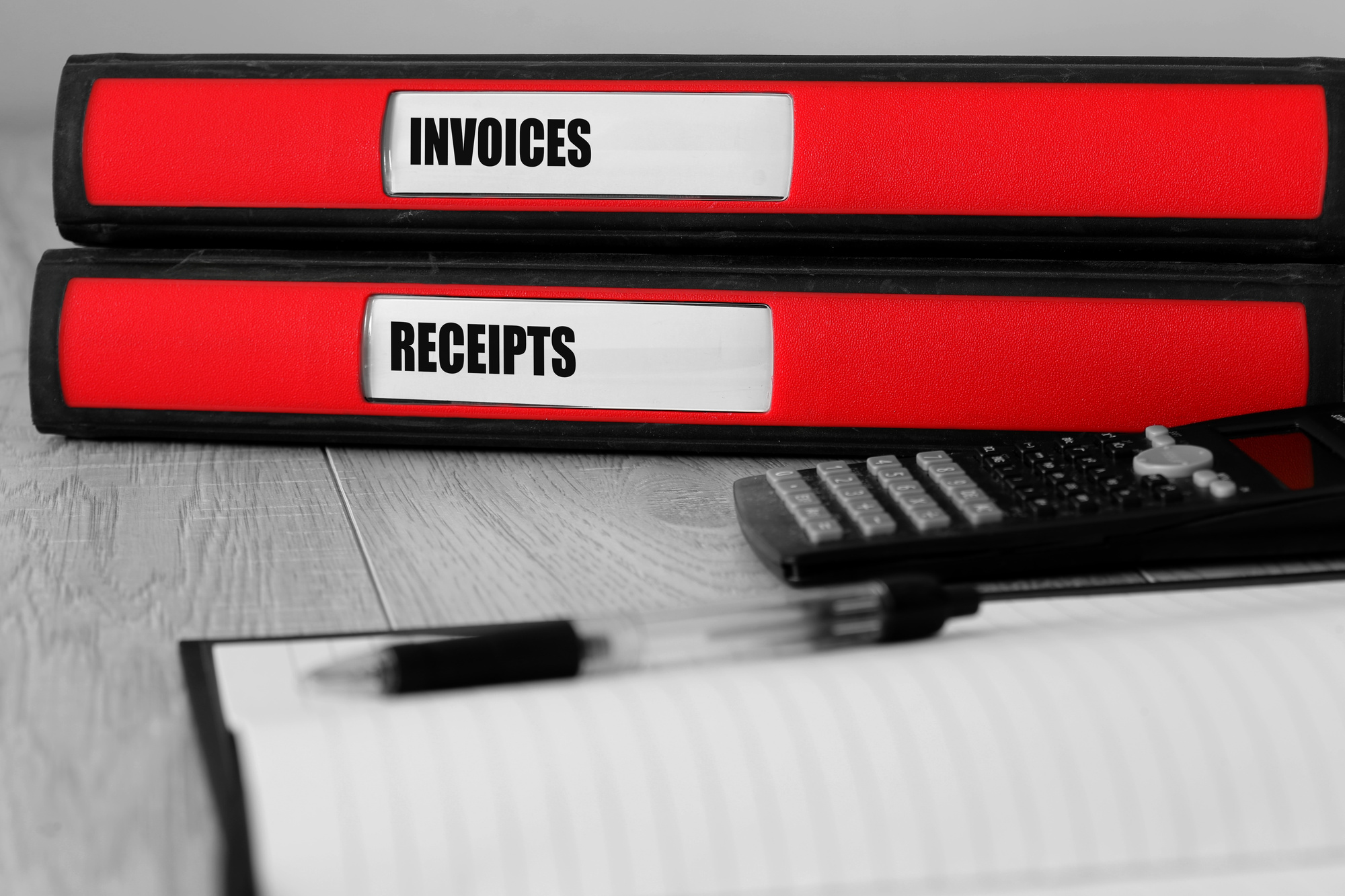How to Create a Professional Looking Invoice as a Freelancer (Even if You’re a Newbie)

Congratulations: you’re on your way to living the American dream! Even freelancing as a side gig is a path toward being your own boss and taking charge of your own success. It’s an opportunity over 57 million Americans seized last year.
With that said, in order for your freelancing to be successful, you have to do it right. One of the most important aspects is professional and consistent invoicing. After all, why not make it as easy as possible for your clients to pay you?
If you’re not sure how to create your first professional invoice, these tips can help.
Tips for Creating a Professional Invoice Every Time
Rest assured that after you get your first invoice out of the way, it gets easier from there. The key is including everything you need from the get-go, though. Here’s what you need to know:
1. Create a Template and Keep It Consistent
Part of making sure clients view you as a serious professional is to have consistent operations. This includes invoices that are consistent and clear, whether you’re a freelance web designer, writer, or another specialist.
You may notice that many common programs like Pages and Microsoft Word have standard invoice templates. While these templates can give you ideas, it’s important to make your own invoice with your own branding. This shows that you’re running your business like a business, not a hobby.
2. Come Up With an Invoice Numbering System
If you’ve ever seen an invoice from a major company, it will always have an invoice number. If you have to call them with a question or to submit payment, you always reference that invoice number.
Make sure you follow that same practice in your freelancing invoice. You can come up with any numbering scheme you want, as long as it’s consistent. Keep in mind that even if you’re starting with one client, you’ll add more as you go along. For that reason, avoid invoice numbers that are only the month and year.
It’s important to think about the future as well. If all goes well, your freelancing could turn into a successful business. The larger you get, the more complex your records will become. Consistent invoice numbering will help you keep everything in order.
3. Place the Main Points Front and Center
There are certain cliff notes you need to include front and center toward the top of your invoice. These include the invoice number, invoice date, amount due, and payment due date. The rest of your invoice will include far more details, but this makes the basics clear and easy to find.
4. Include All the Right Data About Your Charges
You should itemize every invoice and be as specific as you can. You don’t want any debate about which services your client has paid you for and which ones they haven’t.
Most freelancers charge by the hour. In this case, include each date you did work on the project as well as a description of what you did that day. It doesn’t have to include extreme detail, but it should at least state which project you were working on.
In addition to the date and description, include the per hour fee, the number of hours for that day, and the calculated fee for that work. It might seem redundant to list your per-hour fee for every line on the invoice. However, you want to make it easy for clients to see how you found the final price.
In other situations, freelancers agree to a set price for the project ahead of time. If this is the case, you should have that agreed-upon fee in writing in a contract. That contract should have a reference number, and you should include that reference number on your invoice.
5. State Your Policies and Terms
No matter how much extra income you want to make from freelancing, you need to have strict business policies in place. On each invoice, include the payment terms (how long the client has to pay the invoice, like 30 days or 60 days).
You also need to include information about your policies for past due balances and partial payments. You should tell clients how they can pay as well, such as by check, by credit card over the phone, or on certain websites.
6. Provide Contact Information
This seems basic but it’s important not to leave it out. Include your phone number and your email address so clients can contact you with any questions they have.
7. Use an Online Invoicing Service
If all this sounds too cumbersome for your tastes, you’re not alone. That’s why there are online invoicing services that make it easy.
These services cand produce professional-looking invoices that save you time. They already know what information they need, so it’s an easy option for your first invoice and beyond.
Some of these services also offer additional features that streamline your operations. They may be able to send your invoices to your clients directly. This looks more professional than emailing a PDF from your Gmail address. The key is to learn more about the services that include all the features you want.
8. Have a Consistent Invoicing Schedule
Another important way to keep up a professional look is to make your invoices consistent. Come up with a set policy, like sending invoices on the first of every month. Discuss this with your clients when you first discuss the project.
This makes you look like a more professional business, but it also makes it easier for clients to pay you because they know when to expect the invoice. As an added bonus, a consistent schedule makes it easy for you to remember to complete your invoices every month.
Using Your Invoices to Send a Message
Of course, the main purpose of a professional invoice is to request payment. They can serve other purposes, though. If you do your invoices right, they can send the message that you’re a knowledgeable professional.
For more great tips about running your business and more, check out our blog of useful tips.



